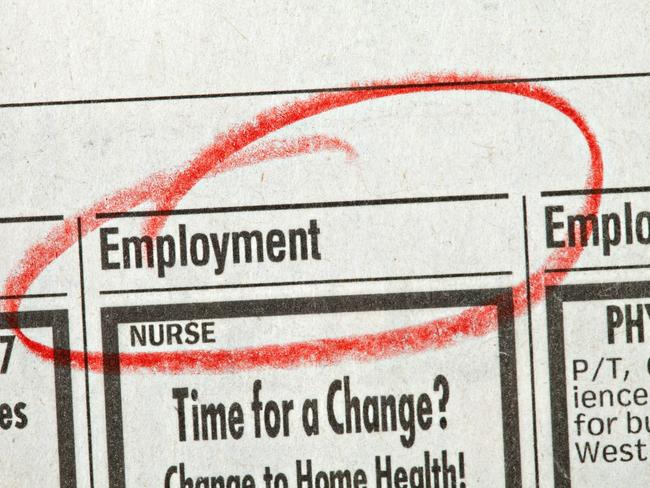Record number of workers holding multiple jobs
New ABS data shows there were 970,700 multiple job-holders in December 2023

The number of Australians working multiple jobs has hit a record high, as employees seek extra income to address cost-of-living increases.
New data released by the Australian Bureau of Statistics on Friday shows there were 970,700 multiple job-holders in December, up 13,600, or 1.4 per cent, compared to the previous quarter.
Across the workforce, the rate of multiple job-holding was 6.7 per cent, but higher for women at 7.5 per cent compared to 6 per cent for men.
Workers aged 20 to 24, at 8.4 per cent, were most likely to hold more than one job, while just 5.1 per cent of workers aged 60 to 64 were multiple job-holders.
People whose main job was in agriculture, forestry and fishing, or administrative and support services, had the equal highest multiple job-holding rates in December 2023 at 9.2 per cent.
The ABS noted some industries lent themselves to multiple job-holding. Some workers in agriculture, forestry and fishing may work several seasonal jobs for different employers in addition to their main job, while some labour hire workers may work for a number of businesses in administrative and support services.

Multiple job-holders usually worked 30.3 hours, on average, in their main job, and 9.1 hours in their secondary job. Their 39.4-hour weekly average compared to 35.1 hours on average per week for single job-holders.
ACTU secretary Sally McManus said when insecure work was a characteristic of the economy, workers were forced to take on additional jobs to cover the cost of living.
Ms McManus said the recently passed industrial relations legislation would provide greater rights for gig workers, stop “bad employers” underpaying labour hire workers and make it easier for casuals to convert to permanent work, offering them increased job security.
“It will tackle wage theft, making it harder for employers to illegally keep workers’ hard-earned cash,” she said. “These are all hugely positive steps campaigned for and won by unions to tackle the need for individuals to work multiple jobs just to get by.”
According to the ABS, hours worked dropped by 0.3 per cent to 5863 million hours in the December quarter.
“After a couple of years of strong growth, the level of hours worked was 1 per cent below the series high in the June quarter last year,” ABS head of labour statistics Bjorn Jarvis said.
“Apart from early 2020, around the beginning of the Covid-19 pandemic, December quarter 2023 is the first time we’ve seen a fall in hours worked for two quarters in a row in about a decade – since March quarter 2014.

“However, it is also important to remember the last couple of quarters were on the back of particularly strong growth in hours worked through the 2022-23 financial year, at 6.6 per cent. In annual terms, the December 2023 quarter was still 2 per cent higher than December quarter 2022.”
Filled jobs rose by 57,000 jobs in the December quarter, with the annual increase of 2.8 per cent noticeably lower than the annual growth of 4.7 per cent at the March quarter last year.
“The slower growth seen in filled jobs, together with the continued reduction in hours worked, suggests some moderation in the Australian labour market since the middle of 2023,” Mr Jarvis said.
Job vacancies fell a further 5.6 per cent in December quarter 2023, which saw the proportion of total jobs vacant fall to 2.4 per cent, the lowest it had been since September quarter 2021.
“Five consecutive falls in both job vacancies and the proportion of vacant jobs shows an easing in demand for labour from the peaks we saw in September quarter 2022. However, both measures are still well above pre-pandemic levels, which suggests the labour market continues to remain relatively tight,” Mr Jarvis said.








To join the conversation, please log in. Don't have an account? Register
Join the conversation, you are commenting as Logout